Official government website of the Government of the Kingdom of Saudi Arabia
Links to official Saudi websites end withgov.sa
All links to official websites of government agencies in the Kingdom ofSaudi Arabia end with .gov.sa
Government websites use theHTTPSprotocol for encryption and security.
Secure websites in the Kingdom of Saudi Arabia use the HTTPS protocolfor encryption.
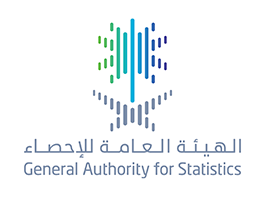
Total expenditure on research and development in Saudi Arabia reaches 14.5 billion in 2021
08-02-2023
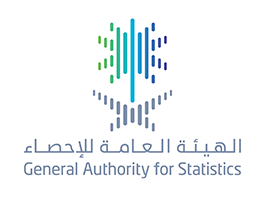
Saudi Economy Grows by 8.7% in 2022 and 5.4% in Q4/2022
07-02-2023
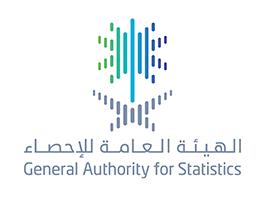
GASTAT: Real estate price index increases by 1.6% in Q4 of 2022
26-01-2023
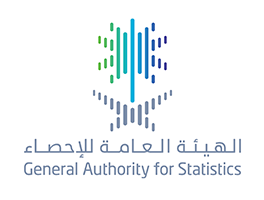
Industrial Production Index Increases by 8.6% in November 2022
26-01-2023
GASTAT joins Gulf statistical agencies in celebrating Gulf Statistics Day
26-01-2023
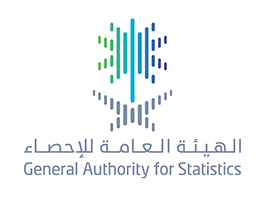
Saudi Arabia’s merchandise exports Increase in November 2022 by (3.6%)
25-01-2023
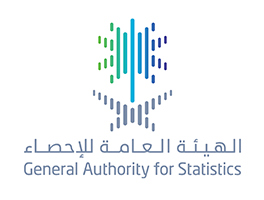
General Authority for Statistics & SDAIA Sign a MoU to Exchange Expertise and Support GASTAT’s Competitive Position in the Field of Data
29-12-2022
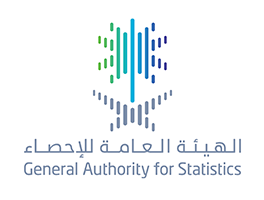
Non-Oil Merchandise Exports Increase by 4.4% in October 2022
22-12-2022
Real GDP Grows by 8.8% in Q3 of 2022
11-12-2022

Total expenditure on research and development in Saudi Arabia reaches 14.5 billion in 2021
08-02-2023

Saudi Economy Grows by 8.7% in 2022 and 5.4% in Q4/2022
07-02-2023

GASTAT: Real estate price index increases by 1.6% in Q4 of 2022
26-01-2023

Industrial Production Index Increases by 8.6% in November 2022
26-01-2023
GASTAT joins Gulf statistical agencies in celebrating Gulf Statistics Day
26-01-2023

Saudi Arabia’s merchandise exports Increase in November 2022 by (3.6%)
25-01-2023

General Authority for Statistics & SDAIA Sign a MoU to Exchange Expertise and Support GASTAT’s Competitive Position in the Field of Data
29-12-2022

Non-Oil Merchandise Exports Increase by 4.4% in October 2022
22-12-2022
Real GDP Grows by 8.8% in Q3 of 2022
11-12-2022